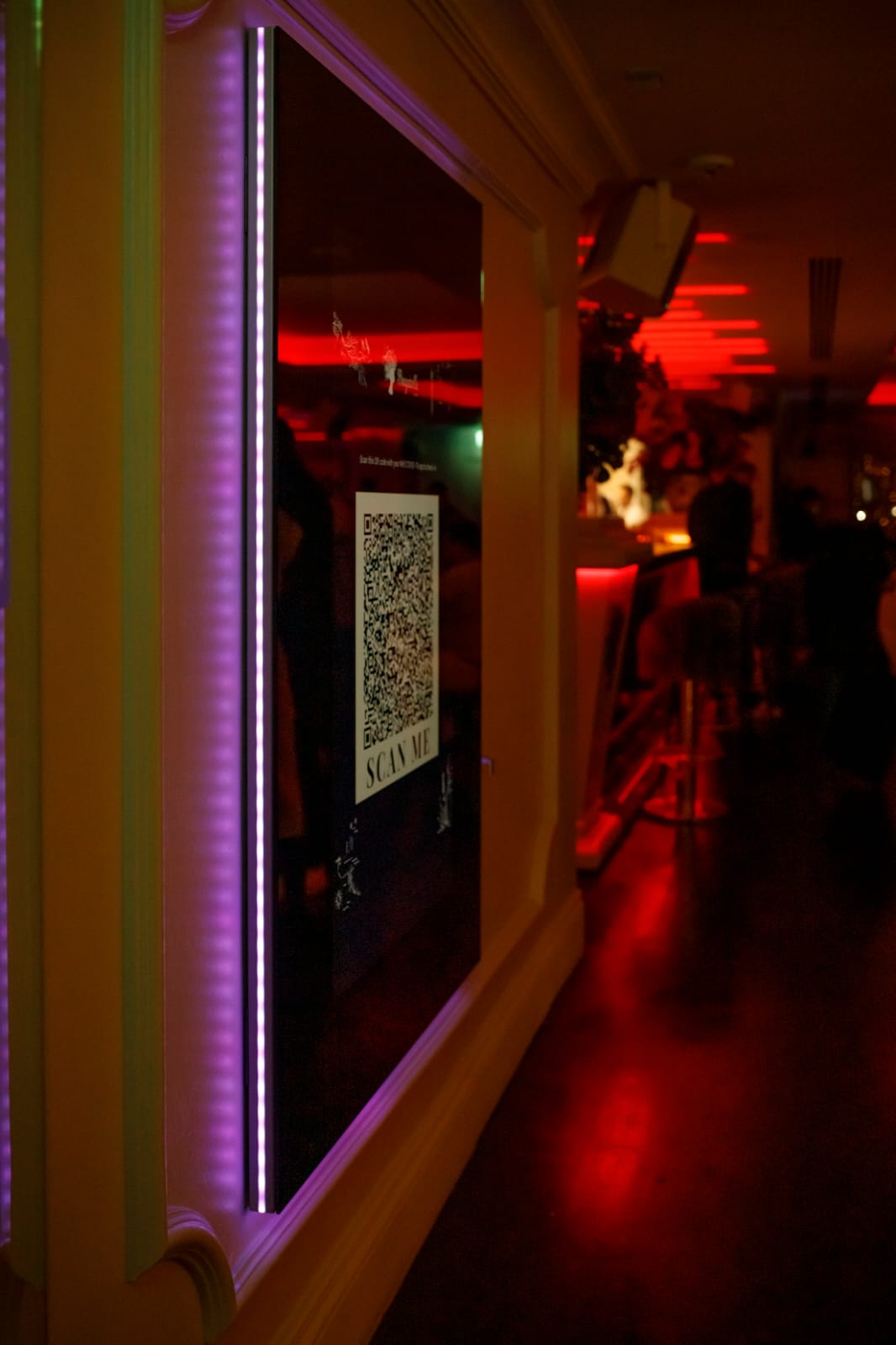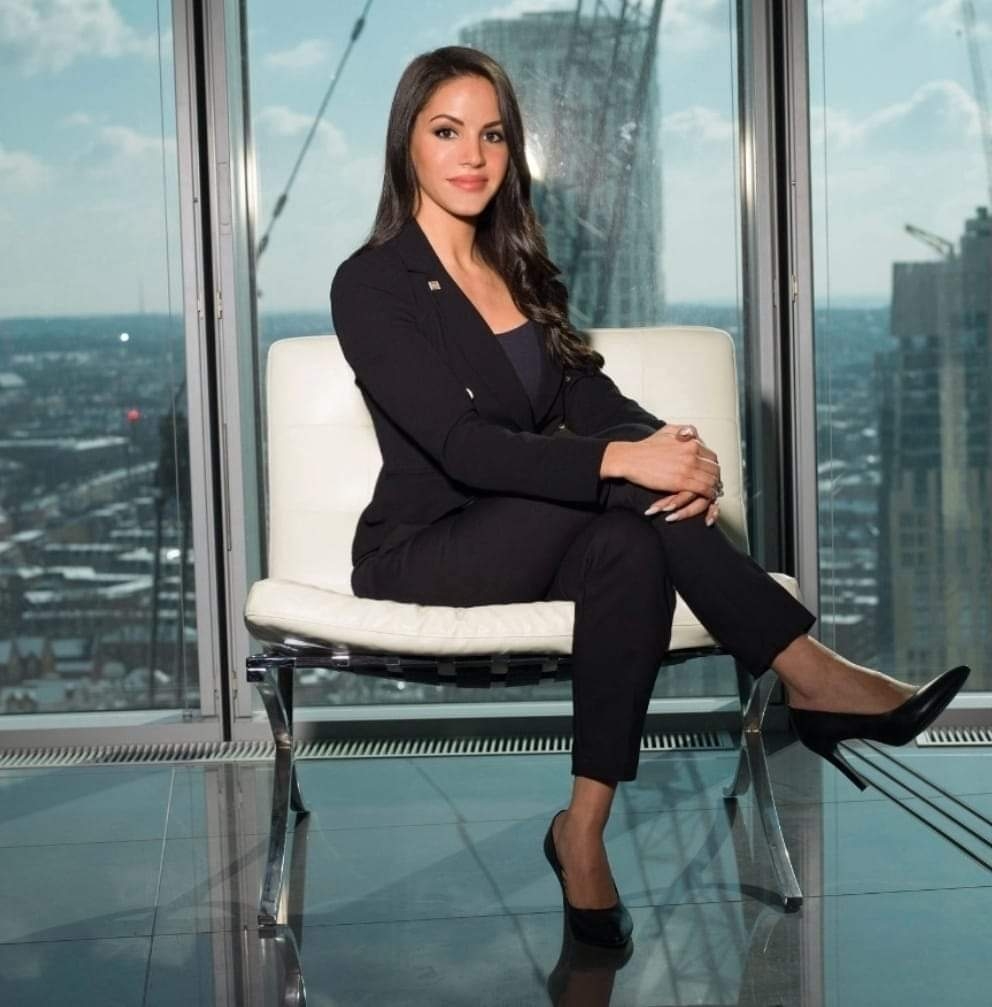Latest luxury brands advertising methods today with Jarábik Barbara: What Are Luxury Brands? A luxury brand is a label or trademark associated with high-end, expensive products. Luxury goods and services are often perceived as exclusive, and they command a premium price point. Although the definition of luxury varies from person to person, luxury brands are generally associated with a certain lifestyle or set of values. For example, a luxury car might be seen as a status symbol, while a luxury watch might be seen as a sign of success. After all, their customers expect nothing but the best, and they’re not afraid to spend money to get it. So what’s the key to a successful luxury marketing strategy? We’ll take a look at some of the most important factors here.

Sales copy like this appeals to the deeper primal and emotional reason that a customer is purchasing a luxury product. It also allows them to imagine what it would be like to use the product which is a car in this case. This strategy is especially effective for items you can’t easily try like a vehicle. They state that the Cullinan has incredible comfort and space for creating unforgettable memories with friends. This can instantly make customers imagine what it would be like to visit a cottage or road trip in this car.
Facebook Ads are one of the most effective forms of online advertising, thanks to the high level of segmentation and targeting that you can do. You could, for example, target ads specifically to married 35 year old males from Paris who like the brands Prada, Gucci, and Versace. You can even go one step further and target people by what college they attend, where they work, what their job title is, what music they listen to, and much much more.
There’s a reason Gucci doesn’t do infomercials for tiger print duffels. That Equinox doesn’t offer a discount for January first’s newly health-obsessed. That anthropomorphic Hamsters break dance in front of Kia Souls instead of Range Rovers. Advertising for luxury brands tends to focus on, well, luxury. The happiness they inspire. The quality. The sheer opulence that becomes a piece of one’s life when he or she buys free-range leave-in conditioner infused with dolphin tears, or an ornate bottle of some top-shelf botanical cordial. Whether you’re storyboarding a TV spot or building out an ad group in Google Ads (the artist formerly known as AdWords), your target audience needs to feel as though your product or service is a physical manifestation of luxury.

While I appreciate the need for stylistic design, luxury brands need to invest in websites that are also intuitive and well desgined from a user experience perspective. Aston Martin and Versace are both great examples of what luxury brands should be doing with their websites. Their websites are visually stunning, while very easy to use, and highly functional. In his book ‘Start With Why’, Simon Sinek explains how great marketing starts by explaining why they exist. Despite this, the majority of brands still market their products by explaining what they do. Take Apple for example. Here’s a paraphrased excerpt of how apple communicate with their customers. Discover more information on https://twitter.com/Barbara_Jarabik.
Digital signage mirrors are another way for luxury brands to advertise efficiently : The global digital signage mirrors market was estimated at USD 780 million in 2021. The world market is expected to grow steady at a CAGR of 12.21% to reach USD 910 million by 2023. Digital signage mirrors can greatly increase individual efficiency by choosing outfits as per weather updates while also offering bus and train schedules (including traffic updates). Digital signage mirrors in smart homes, planes, commercial spaces, hotels, etc. are designed to be connected to users as well as with different devices around. Energy efficiency is one of the major advantages that will drive the adoption of digital signage mirrors.